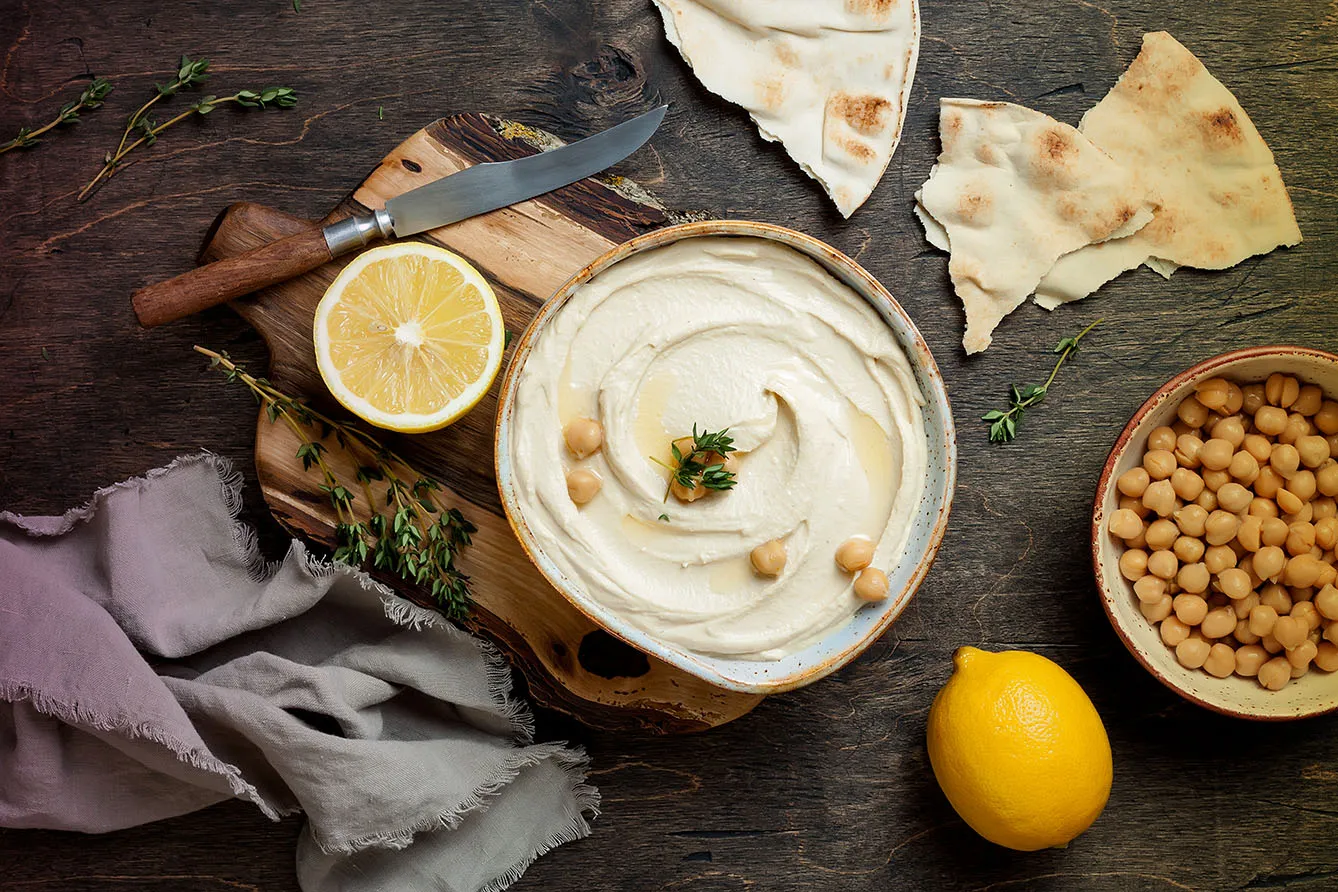Before it hit hip joints across the world, mostly in the form of hummus, chickpeas were a staple across the Middle East and Asia. Always a good choice for those who rely on plant-based food rich in protein, fiber, vitamins, and minerals, the legume has been around for thousands of years. The crop was already being used in Mesopotamia 7,500 years ago.
With Africa and Asia both being considered home to the chickpea, the nutritional bean at one point made an appearance in the Balkans. The Bulgarian Saint John of Rila (876 – c. 946) also mentions it in his works. Over the centuries, the chickpea stayed on Bulgarian lands but without making a splash. While the legume is a popular ingredient in dishes in Greece just across Bulgaria’s southern border, one will have a hard time finding it in Bulgarian restaurants, which are yet to be familiarized with hummus. And yet, Bulgaria consistently is trying to establish itself as an important exporter, especially to countries where the chickpea needs no introduction.
Ready to expand
Back in 2018, Bulgaria was already gearing up to be among the top ten global producers of the legume. With India being the uncontested leader with over 11 million tons produced each year, followed by Australia and Turkey, the 21,507 tons shipped by Bulgaria in 2019 pale in comparison. But here’s the thing: Just five years prior to that, in 2014, Bulgaria exported only 317 tons.
And while the ambitious goal of joining the world’s top producers hasn’t been achieved yet, Bulgaria’s foray continues. Market analysts project that by 2026, Bulgarian chickpea production will reach around 43,000 metric tons, up from 33,000 metric tons in 2021. Historical data shows that, while still largely unknown in Bulgarian kitchens, chickpea production in Bulgaria has been growing 4.2% year-on-year since 1966.
In 2021, Bulgaria placed nineteenth in the ranking of global chickpea producers. But in Europe, Bulgaria is already among the leading producers, according to the INCREASE Project, an initiative to enhance the management and use of genetic resources on food legumes. Among EU countries, Spain, Italy, Bulgaria, and Greece are the major chickpea producers, their research shows.
Bulgaria steps up
Following the war in Ukraine, the Global Pulse Confederation predicted a 20% drop in global chickpea production, adding difficult weather conditions as another factor hampering supply. Further on, in 2022, Turkey, another global chickpea export leader, issued an export ban, further limiting supply. With global markets on the lookout for more of the precious bean, especially for consumption across Asia, can a smaller producer like Bulgaria help to meet the demand?
According to Prof. Tanko Kolev of the Agricultural University in Plovdiv, despite its promise and Bulgaria’s track record of successfully growing chickpeas, local farmers won’t necessarily rush to significantly increase production. “The areas we’re currently using to grow chickpeas are insufficient to shape Bulgaria as a major global producer,” Prof. Kolev tells 3Seas Europe. “Farmers are mainly focusing on growing maize and wheat as the processes are mechanized. Chickpeas, unfortunately, are on the back burner. The only incentive that will motivate producers to bet on this crop and to significantly increase the area is European funding,” Prof. Kolev believes.







